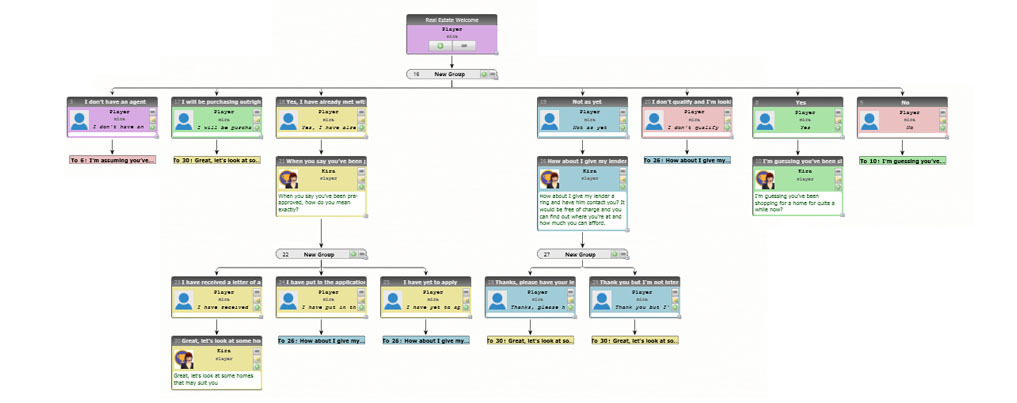The story is the oldest and maybe still the best learning tool. The oral tradition became a written one at the invention of print and the age of, ‘learning through reading stories’. The story became enhanced by radio and film, now in the age of computer games the story has even greater power, because it is possible to become closer to the story. This may have made story based training in eLearning the most powerful learning tool ever, lets look at the problems that it solves and review what it does.
Story based training solves many of the problems of eLearning, such as; unengaged learners, disinterest, low retention rates, difficulty getting people to think for themselves, difficulty in getting people to retain information as shown by exam scores, and getting people to see the bigger picture. Management want the best results and the best for their staff, using stories in training can have a significant impact because it engages and entertains to create involvement. Lets take a closer look at the story in training and observe the boost that new technology has given it.
The well told story can engage the learner into a relaxing, welcoming even stress free environment. It creates a space with the learner in which a scenario can target an emotional level creating empathy through involvement by identifying with the characters and themes.
The story can lead the learner to actions when thoughts are exercised, alternatives are examined and connections made with existing, knowledge, skills and attitudes. Involvement in a story can lead through guided discovery to positive training outcomes and significant new learnings.
The use of the story is optimal for gaining a better understanding of, about and how a theme lesson or proposition can be accepted in a less critical, ‘past tense’. The deeper the learners involvement with the story the greater their retention and the greater chance of it moving from short to long term memory with improved recall and learning focus.
A semantic universe of metaphors examples and similes, when used well, give the learner a ‘sense’ or ‘reference’ against which to examine the ‘what if how and why’ implications of a story and relate it to their own training and development.
The author can use words to enchant and entertain while allowing the learner to classify, discriminate, compare and examine, to make their own judgement. The story can enforce key messages for example about roles, responsibilities, ethics and procedures. The story really is the biggest story, we see our lives in terms of stories, we seek build and maintain them to engage orally or in print, and now on-line in the story of the future.
The comparatively new invention of pictures, films computers and the Internet has created a storytelling revolution. New technologies some tried and tested across entertainment and business are now available for eLearning. Let’s look at some of them;
Currently ‘cut out people’ are widely available and 3D avatars work on the latest devices.



